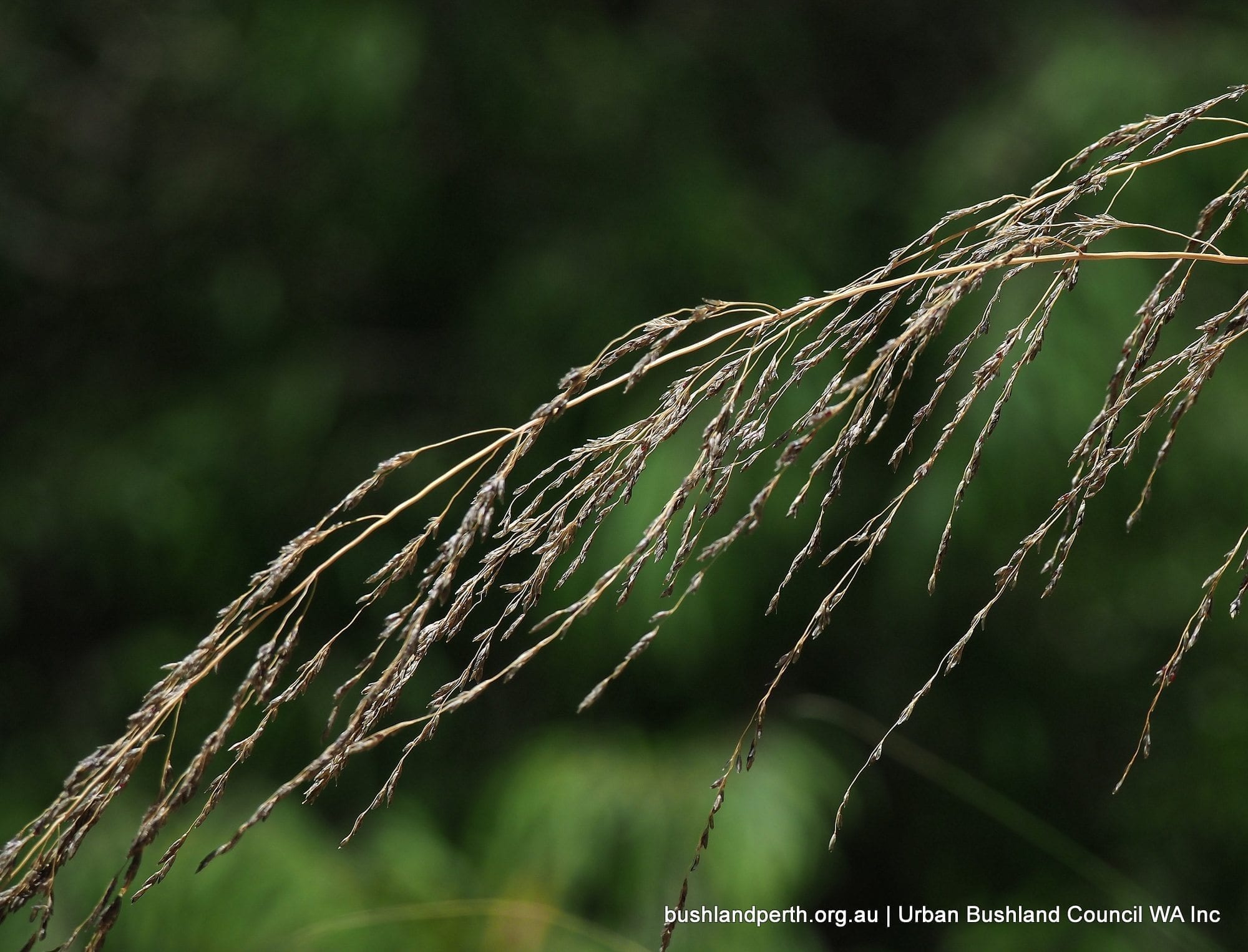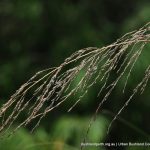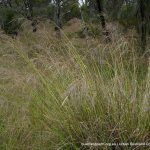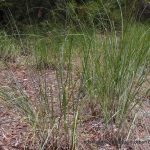African Lovegrass

Common name
African Lovegrass
Scientific Name
Eragrostis curvula
Type of plant
Grasses (Family Poaceae)
About this weed
This serious weed is often found in bushland and on road verges growing with Veldt Grass. Both are perennial and form dense tufted clumps presenting an increased fuel load and a serious fire hazard. It can grow to a metre in height and will produce seed at any time provided there are warm temperatures and sufficient moisture. Originally a native of southern Africa it probably came in as a seed contaminant but since then there have been cultivars developed as pasture grasses.
Description
African Lovegrass is a perennial grass that grows to 1 metre tall and forms dense monocultures.
Impact on Bushland
It creates large fuel loads and a fire hazard. After fire often only the top is killed and it rapidly resprouts. It readily out-competes native plants and can alter nutrient cycling.
Location
It is widespread and especially common on the Swan Coastal Plain on sandy and disturbed soils north and south of Perth. Found in a variety of soils and disturbed sites.
Priority for removal
High: major threat to the conservation values of Banksia woodlands
Management (hand)
Cut out small plants or small infestations
Management (herbicide)
Spray with 1-2% Glyphosate when plants are green and actively growing. Following fire spray regrowth when 5-10 cm high. Always requires follow-up treatment. Optimum treatment November to May. Read the manufacturers’ labels and material safety data sheets before using herbicides.
Flowering month/s
January, February, March, April, May, November, December
Flower colour/s
No data, Green, Purple
Information source
https://florabase.dpaw.wa.gov.au/browse/profile/376
Additional information
https://florabase.dpaw.wa.gov.au/weeds/swanweeds/
Hussey, B.M.J., Keighery, G.J., Dodd, J., Lloyd, S.G. and Cousens, R.D. (2007) Western weeds. A guide to the weeds of Western Australia, Second Edition, The Weeds Society of Western Australia, Victoria Park, Western Australia.



